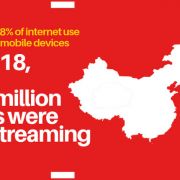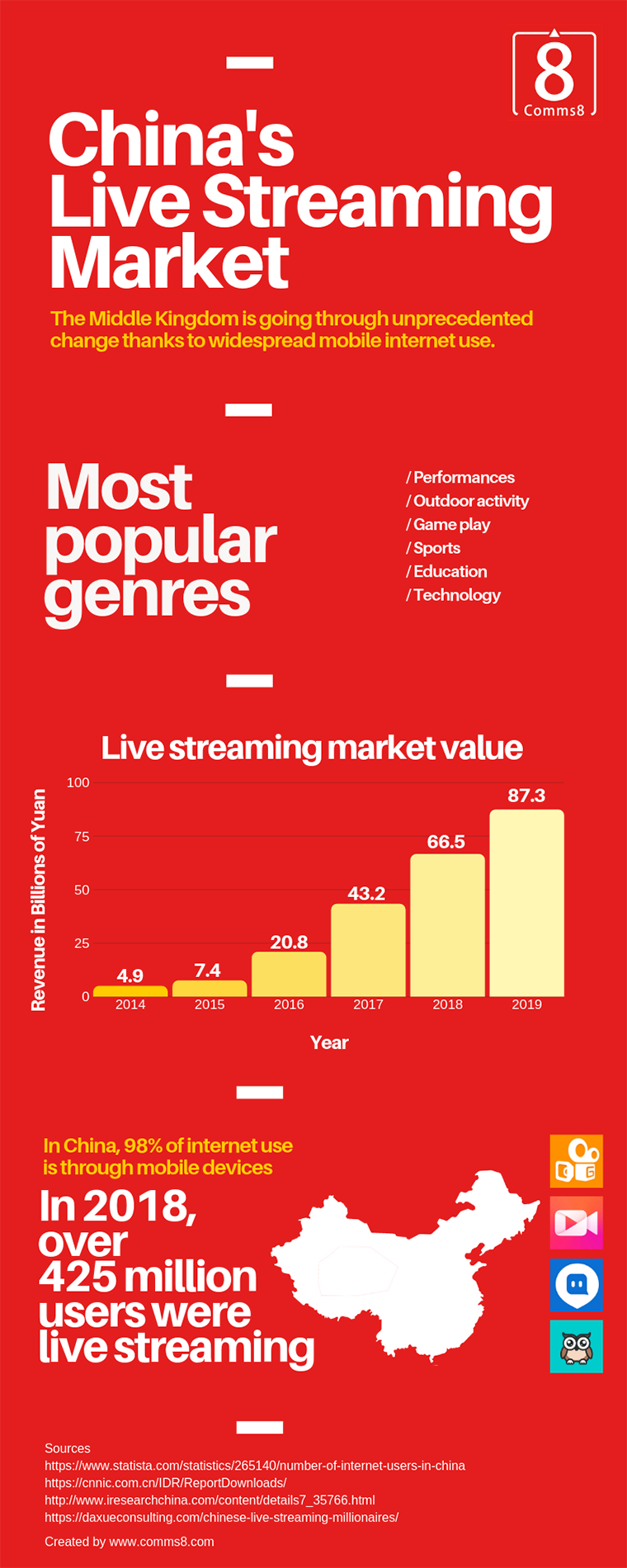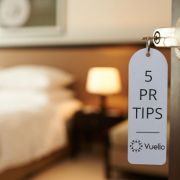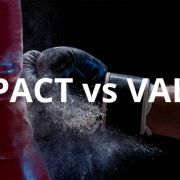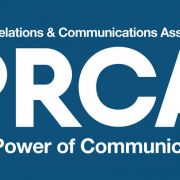Remember when Google used a cute animal like Panda or Penguin to signify that it was changing its algorithm?
Sadly, those gentler days are behind us, but Google still announces a core update around four times a year. These are significant changes that Google makes to its ranking algorithm that affects a large number of indexed web pages.
Knowing when Google announces core updates and what those updates are is important for PR professionals because of the potential impact on the visibility of your website, or your clients’ websites in the search engine.
This was just one of the areas of SEO that search expert Judith Lewis covered in our recent webinar to support the publication of our free SEO best practice guide for PR.
Here’s a summary of some of the questions about SEO and PR that Judith answered:
What is the latest Google core update and what do PRs need to know about it?
“The Google core update focuses a lot on expertise, authority and trust (EAT) which is explained fully in the guide. We also link to the guidelines that Google’s human quality raters use.
It’s a complex area that’s all about how you demonstrate EAT to Google. Google is tweaking those dials and really bumping up the emphasis that it’s placing on demonstrated expertise and authoritativeness, which is finding mentions about you on other sites.
So PR is all about establishing EAT and the latest Google update is actually increasing its valuing of EAT.
There are two more updates coming, so this will change over time. and I’ve seen that clients of mine are fluctuating, they’re going up, they’re going down, it’s like a roller coaster! So right now the algorithm update does still seem to be finding its level balance. I’m seeing more US search results in the UK, so I’m thinking it’s still rolling out, but this core update is really focused on quality.
Later this month is a long announced update to website speed.
Basically if your website is not fast and it does not pass ‘core vitals’, you will lose out to other people who do. So Google will rate you against your competitors in the search results, and you will go down, if competitors websites are faster and more efficient at delivering web experience to people.
‘Core vitals’ is later this month, and then in July we have another core update coming. So, this one was about more about quality, and the next two are going to be about landing page experience, and then more on quality.”
What are the differences between ‘follow’ and ‘no follow links’?
Do ‘no follow links’ in online coverage and do they have any impact on search engine visibility?
‘No follow’ and ‘follow ‘are technical attributions that are put on a link, and it’s a little bit more code techie, but don’t be put off by it, it’s a checkbox in WordPress. So if you’re working with bloggers or influencers, they can select the Checkmark, and that will make all of their links on their blog nofollow.
What does that mean? Well, it tells Google, not to pass any points from the origin page to the destination page.
However, from a human point of view, it doesn’t matter whether it’s a follow or nofollow, it is still a link. And that enables someone to go from where they are to where your clients information, or your information is.
I obviously would prefer a follow link, because it helps with search ranking. But I will accept the follow or nofollow link, because we’re pushing our clients or our company’s information and details out there and so any link is good because it draws the readers back to our websites.
If you don’t get a link in coverage, do citations or mentions of your brand or organisation help with SEO and search visibility?
It does help.
A citation – where there’s no link but a mention – is incredibly important for Google, because the more of those that you get, the more the increase of perception that Google has that there is something important about that company or that organisation going on.
It increases the words around the company and increases the relevance of that company name to those to those pieces of content. What’s happening is Google is seeing the word that is a brand and it recognises the brand usually because it’s usually in a URL or something similar and then it looks at the words around that citation. It looks at these words around the brand and increases the relevance of those words for that brand.
Google is already recalculating what that brand is possibly relevant for now. It doesn’t have as big an impact as when we get a link – a link is, is the key – but it does increase Google’s perceived relevance of those keywords of the brand and how popular the brand is.
Update ‘Vince’, many years ago was all about brand and rewarding brands. So the better that you can establish a brand, the better it is and citations are part of that because not everybody gives you a link.
If everybody gives you a link it looks artificial. If some people don’t then it looks much more natural and Google is more likely to trust it. Therefore if you get a citations with no link, it’s good, and it does help people.
Do shares on social media and closed or private social networks/communities like Facebook Groups or Guild have any impact on SEO or search engine visibility?
I think the problem is that people’s perception of links is that all links help Google rankings, but in my opinion, all links help people – and that’s the most important thing.
In closed ecosystems like Facebook and Guild links don’t necessarily impact on Google’s rankings but when someone is talking a lot about something, and links are being shared a lot, whether they’re shared through Guild, WhatsApp, Facebook or Instagram, they will reach a critical point after which people will start to blog and write about them.
And journalists may pick up on this ambient noise, and publish something with either a nofollow or a follow link.
When that happens, then Google will possibly increase the ranking of that page, because we’re increasing the perceived relevance of that page to that topic. Even though a nofollow link says to not pass any points, it still helps Google contextualise what a target page is about.
If Google was struggling up to that point, and then somebody blogs, even if it’s a nofollow link, then it will instantly help Google understand it better – and that means that it could increase in rankings, simply because Google understands more.
Here’s the video and the Q&A with Judith is from 43:17 seconds.
Want to add SEO to your PR and communications strategy or to get the very latest SEO tips specifically designed for PR practitioners?
Download our free educational SEO best practice guide for PR.
Vuelio has the world’s most comprehensive media database, providing up to date contact details and preferences of >1million journalists and content creators. Learn more about this essential tool for successful coverage generation and linkbuilding by requesting a demo.

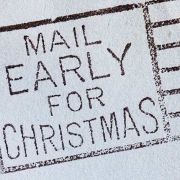
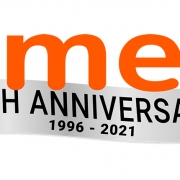

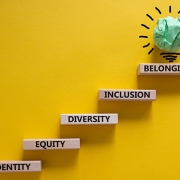







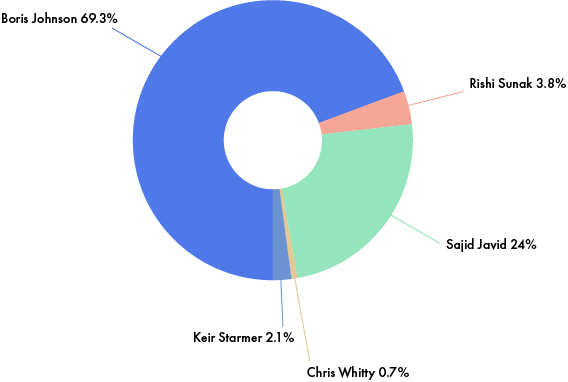
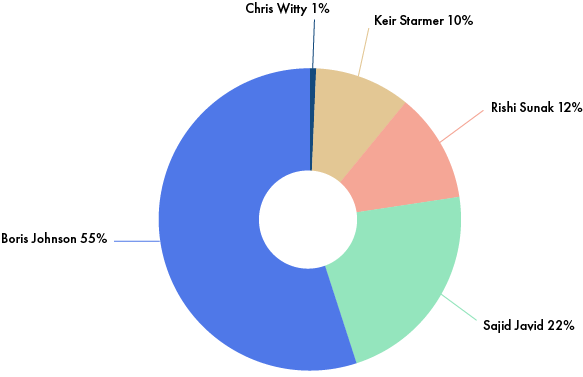
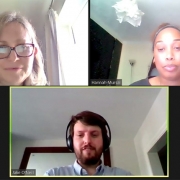



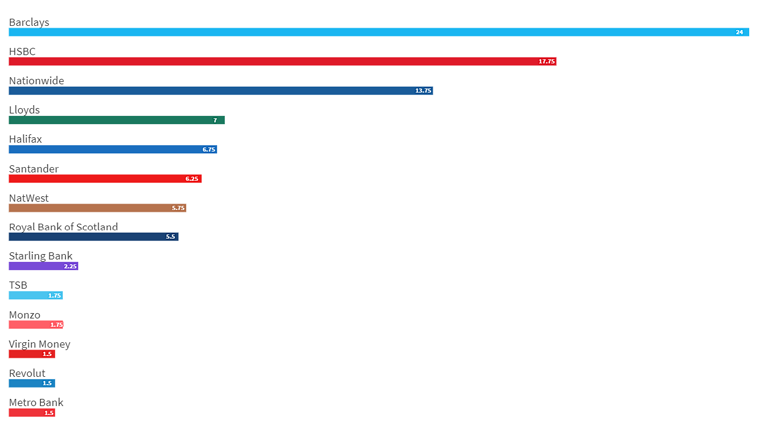

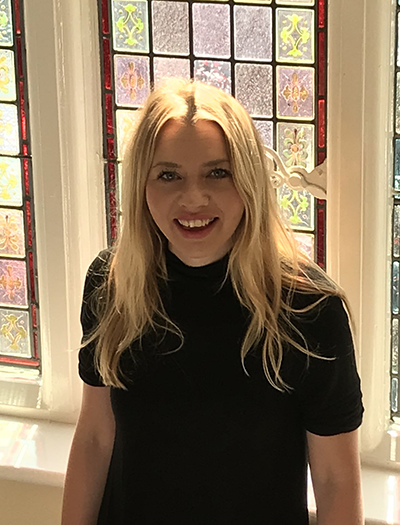 This is a guest post from Charlotte King, fellowships and communications coordinator at the
This is a guest post from Charlotte King, fellowships and communications coordinator at the 

